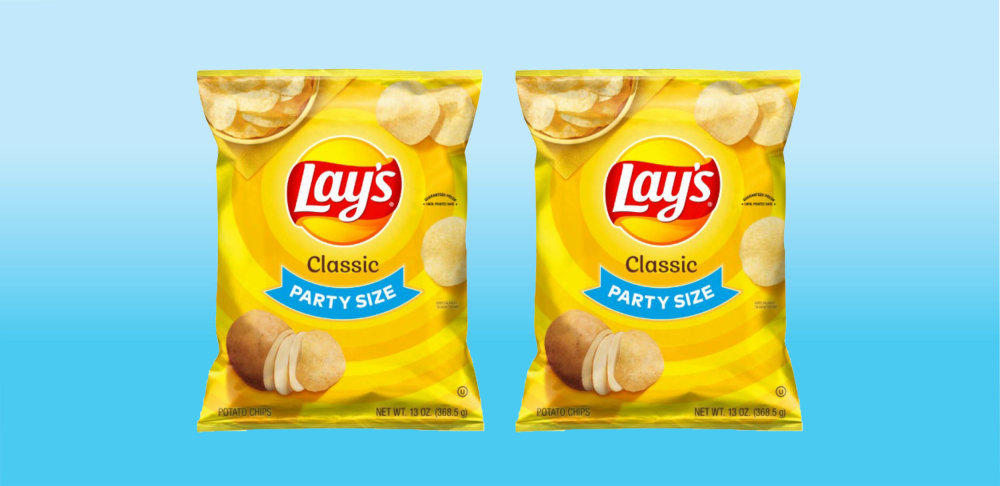Are Seed Oils Toxic? The Answer Is Complicated According To Research
Seed oils, often mislabeled as “vegetable oils,” come from plant seeds and include canola, corn, soybean, and others. Their widespread use surged after the 1888 invention of the mechanical screw press, allowing mass extraction. Between 1909 and 1999, U.S. soybean oil consumption increased 1,000-fold, leading to significant biological changes. The rise in seed oil intake has caused a 136% increase in omega-6 fatty acids in Americans' fat tissue over the past 50 years. Critics, including Robert F. Kennedy Jr. and health influencers, argue these oils are harmful, promoting alternatives like tallow for cooking.

The Concerns Over Seed Oils
Seed oils, including soybean, canola, sunflower, and corn oil, are widely used in cooking and processed foods. Critics argue that these oils contain high levels of omega-6 fatty acids, which, when consumed in excess, may contribute to inflammation, obesity, and cardiovascular diseases.
Dr. Michael Lawson, a nutrition scientist, explains, "While omega-6 fatty acids are essential for the body, the problem arises when there is an imbalance between omega-6 and omega-3 intake. Many people consume too much omega-6 and not enough omega-3, which may lead to chronic inflammation."
Some studies have also linked excessive seed oil consumption to metabolic disorders. A 2024 report from the Nutrition and Health Journal suggested that diets high in processed seed oils might be associated with an increased risk of insulin resistance and other metabolic conditions.
The Case for Seed Oils
Despite concerns, other experts argue that seed oils are not inherently toxic. They emphasize that these oils provide essential fatty acids and vitamin E, which are important for overall health. Research from the American Heart Association supports the use of certain seed oils, such as canola and sunflower oil, as part of a balanced diet due to their unsaturated fat content, which can help lower LDL (bad) cholesterol.
"The key is moderation," says dietitian Laura Martinez. "Seed oils can be a healthy part of the diet if they are consumed in appropriate amounts and balanced with omega-3-rich foods like fish, flaxseeds, and walnuts."
Processing and Quality Matter
One of the major concerns surrounding seed oils is the way they are processed. Many commercial seed oils undergo high-heat processing and chemical refining, which can lead to the formation of harmful byproducts like trans fats and oxidized lipids. Experts recommend choosing cold-pressed or minimally processed oils to retain their nutritional value and reduce potential risks.
Additionally, how seed oils are used in cooking matters. High-temperature frying with seed oils can lead to oxidation, producing harmful compounds that may negatively impact health. Experts advise using stable oils like olive oil or avocado oil for high-heat cooking while reserving seed oils for lower-temperature preparations.
The Bottom Line
The question of whether seed oils are toxic does not have a simple yes or no answer. While excessive consumption, poor processing, and imbalanced omega-6 intake may pose health risks, moderate use of high-quality seed oils as part of a balanced diet is unlikely to be harmful. The key is to focus on overall dietary patterns rather than demonizing individual food components.
What's Your Reaction?












/https://tf-cmsv2-smithsonianmag-media.s3.amazonaws.com/filer_public/54/66/546650fa-26a4-40fd-8d6d-5a7a04540f81/rosetta2.png)
:max_bytes(150000):strip_icc():focal(999x0:1001x2)/robert-prevost-050825-1-39395418ab494da5a3a700c9478e66c8.jpg)















































format(webp))
format(webp))

























